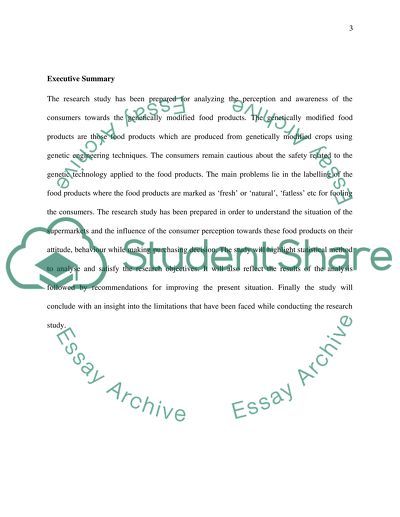Cite this document
(“Genetically Modified Fresh Food Essay Example | Topics and Well Written Essays - 2500 words”, n.d.)
Retrieved from https://studentshare.org/health-sciences-medicine/1482823-this-report-is-about-genetically-modified-fresh
Retrieved from https://studentshare.org/health-sciences-medicine/1482823-this-report-is-about-genetically-modified-fresh
(Genetically Modified Fresh Food Essay Example | Topics and Well Written Essays - 2500 Words)
https://studentshare.org/health-sciences-medicine/1482823-this-report-is-about-genetically-modified-fresh.
https://studentshare.org/health-sciences-medicine/1482823-this-report-is-about-genetically-modified-fresh.
“Genetically Modified Fresh Food Essay Example | Topics and Well Written Essays - 2500 Words”, n.d. https://studentshare.org/health-sciences-medicine/1482823-this-report-is-about-genetically-modified-fresh.


